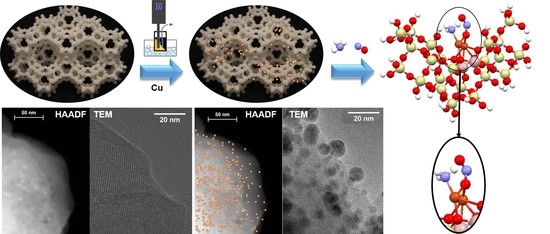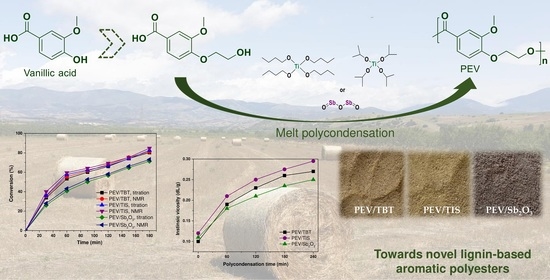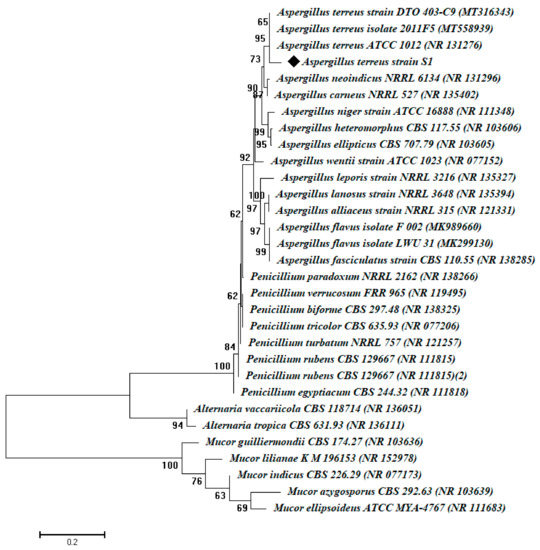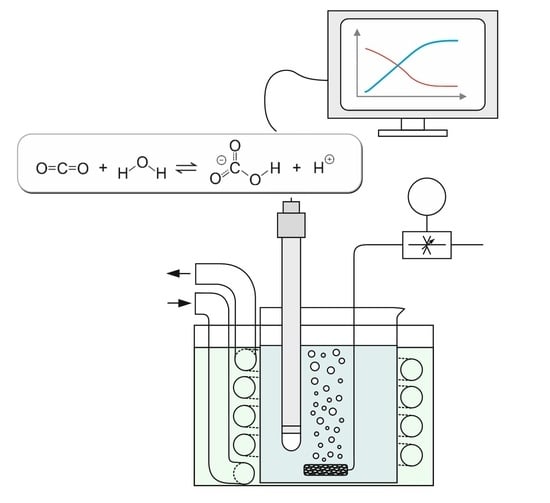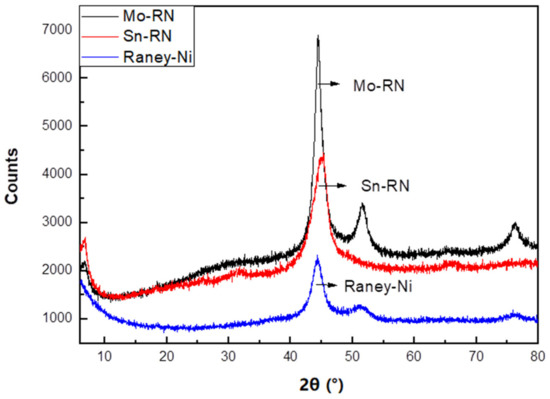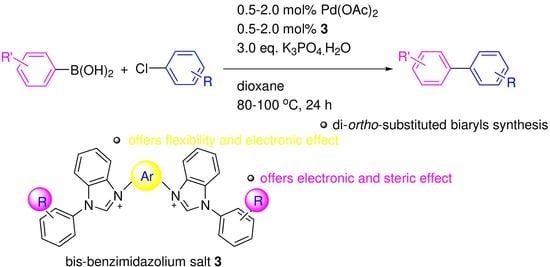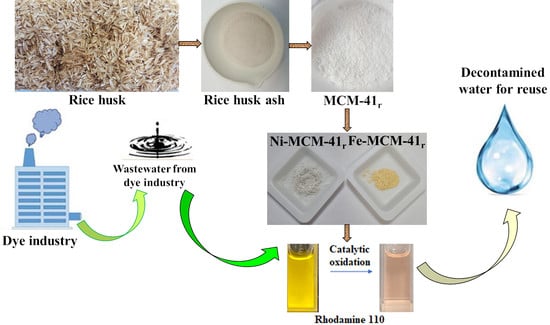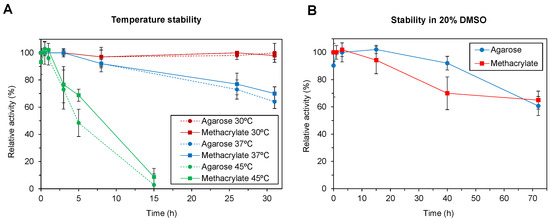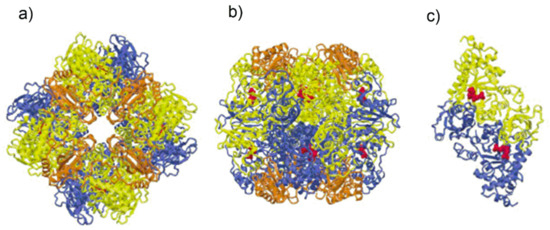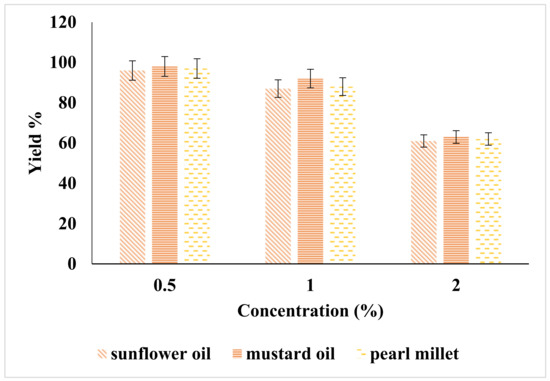Catalysts 2021, 11(7), 825; https://doi.org/10.3390/catal11070825 - 7 Jul 2021
Cited by 6 | Viewed by 4421
Abstract
This report discloses a mild and efficient O-acetylation using easily accessible TMSOAc as a novel acetyl reagent and O-trimethylsilylation using HMDS for various alcohols catalyzed by tunable Brønsted acidic ionic liquids (TBAILs). Imidazolium-based TBAILs were prepared by a two-step atom-economic reaction
[...] Read more.
This report discloses a mild and efficient O-acetylation using easily accessible TMSOAc as a novel acetyl reagent and O-trimethylsilylation using HMDS for various alcohols catalyzed by tunable Brønsted acidic ionic liquids (TBAILs). Imidazolium-based TBAILs were prepared by a two-step atom-economic reaction and acidities measured by using UV-visible spectroscopy. Both protections for alcohols were accomplished at room temperature with good to excellent yields, while the products and TBAILs were separated by simple work-up for O-silylation and column chromatography for O-acetylation. Notably, with the simple post-process, TBAILs catalyst in this solvent free method easily recovered and recycled several times without significant degradation.
Full article
(This article belongs to the Section Environmental Catalysis)
►
Show Figures

